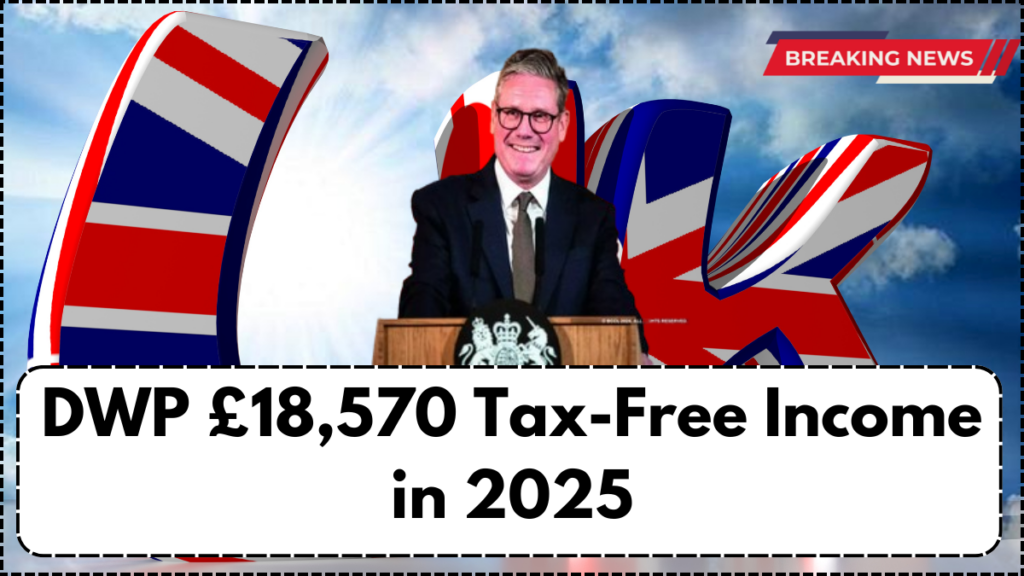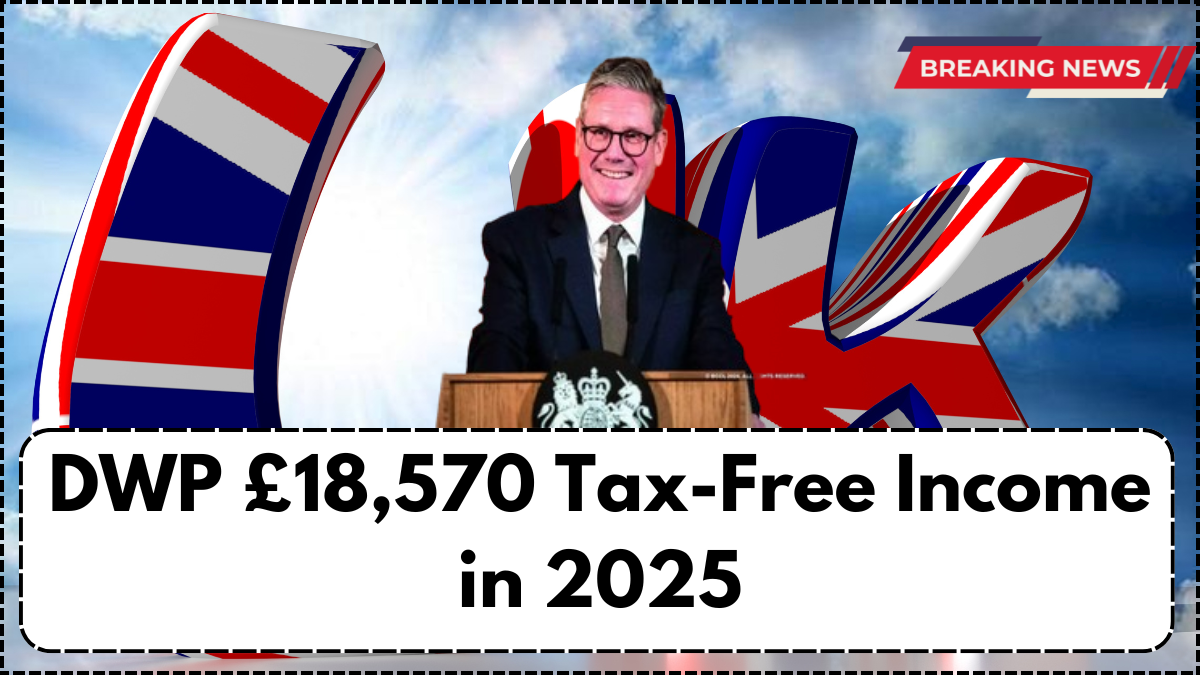Many UK residents may not realize that they can legally earn up to £18,570 without being liable for income tax in the 2025/26 tax year. This opportunity is not a government scheme or special benefit from the Department for Work and Pensions (DWP) but rather a combination of existing tax allowances that, when used effectively, can significantly reduce an individual’s tax burden. These allowances are managed by HM Revenue and Customs (HMRC), and understanding them can help people keep more of their hard-earned money.

The Role of the Department for Work and Pensions (DWP)
The DWP is responsible for managing welfare payments, pensions, and other social security benefits in the UK. Although it does not oversee tax allowances (which fall under HMRC’s jurisdiction), those receiving DWP benefits or pensions should be aware of these tax-free allowances to optimize their financial planning.
Understanding the Three Key Tax Allowances
To make the most of the available tax-free earnings, individuals need to strategically use the following allowances:
1. Personal Allowance (£12,570)
The Personal Allowance is the basic tax-free amount every UK taxpayer can earn before they start paying income tax. It applies to various income sources, including:
- Salaries and wages from employment
- Pension payments
- Rental income
- Certain state benefits
For most individuals, this allowance is automatically deducted and reflected in their tax code. If an individual’s total annual earnings remain below £12,570, they will not have to pay any income tax.
2. Starting Rate for Savings (£5,000)
This lesser-known tax benefit allows individuals to earn up to £5,000 in savings interest tax-free, but only under specific conditions:
- The benefit applies if non-savings income (such as wages or pensions) does not exceed £12,570.
- For every £1 earned above the Personal Allowance, the Starting Rate for Savings decreases by £1.
- This allowance only applies to interest earned from savings accounts, not dividend or investment income.
Those with low earnings but substantial savings stand to gain the most from this tax relief.
3. Personal Savings Allowance (Up to £1,000)
The Personal Savings Allowance (PSA) further extends tax-free earnings on savings interest, depending on the taxpayer’s income tax band:
- Basic-rate taxpayers (20%): Up to £1,000 in interest is tax-free.
- Higher-rate taxpayers (40%): The tax-free interest limit is £500.
- Additional-rate taxpayers (45%): No allowance is available.
This allowance applies regardless of other income streams and enhances overall tax efficiency.
Who Can Benefit from the Full £18,570 Tax-Free Allowance?
To qualify for the full tax-free amount, individuals must meet specific criteria:
| Requirement | Details |
|---|---|
| Residency | Must be a UK tax resident |
| Non-savings income | £12,570 or less annually |
| Savings interest | Must earn interest from savings |
| Tax bracket | Must be a basic-rate taxpayer |
Those who are most likely to benefit include:
- Retirees with significant savings
- Part-time workers
- Freelancers with fluctuating income
- Students with inheritance or savings
- Households splitting income between earnings and savings interest
Strategies to Maximize Tax-Free Income
To take full advantage of these allowances, consider the following strategies:
- Track and Separate Income Sources: Differentiate between non-savings and savings income to calculate allowances accurately.
- Leverage ISAs (Individual Savings Accounts): Interest earned in ISAs is tax-free and does not count towards the Personal Savings Allowance.
- Optimize Income for Couples: Spouses and civil partners can divide income and savings to maximize tax-free benefits, potentially doubling their allowance to £37,140.
- Plan the Timing of Interest Payments: If possible, spread interest earnings across tax years to make full use of annual allowances.
- Use HMRC Tools: Online tax calculators can help understand tax positions and optimize financial planning.
Why This Matters and Future Considerations
Maximizing tax-free earnings up to £18,570 provides an excellent financial opportunity, particularly for pensioners, part-time workers, and individuals with savings. By fully utilizing the Personal Allowance, Starting Rate for Savings, and Personal Savings Allowance, taxpayers can legally reduce their tax burden. Since these allowances are standard tax benefits rather than special government schemes, many people fail to utilize them effectively.
To ensure the best tax efficiency, consulting a financial adviser can be beneficial, especially for those with complex income streams or investment portfolios.
Frequently Asked Questions (FAQs)
Q: Can I still use these allowances if my income exceeds £18,570?
A: If your income surpasses £18,570, you may still benefit from the Personal Savings Allowance. However, the Starting Rate for Savings is reduced pound-for-pound for income above £12,570 and is unavailable beyond £17,570.
Q: Do these allowances cover dividend income?
A: No, these allowances apply to earnings and savings interest. Dividend income is subject to different tax rules.
Q: How does the Personal Allowance change for high earners?
A: The Personal Allowance reduces by £1 for every £2 earned above £100,000 and is eliminated once income reaches £125,140.
Q: Do ISAs impact these allowances?
A: No, interest earned within ISAs is entirely tax-free and does not count towards the Personal Savings Allowance, making them a great tax-efficient savings option.
By understanding and applying these tax allowances effectively, UK residents can make informed financial decisions and legally reduce their tax liabilities.
For More Information Click Here
Pari is a passionate writer known for captivating stories that blend imagination and reality. Inspired by travel, history, and everyday moments, Pari crafts narratives that resonate deeply with readers.
